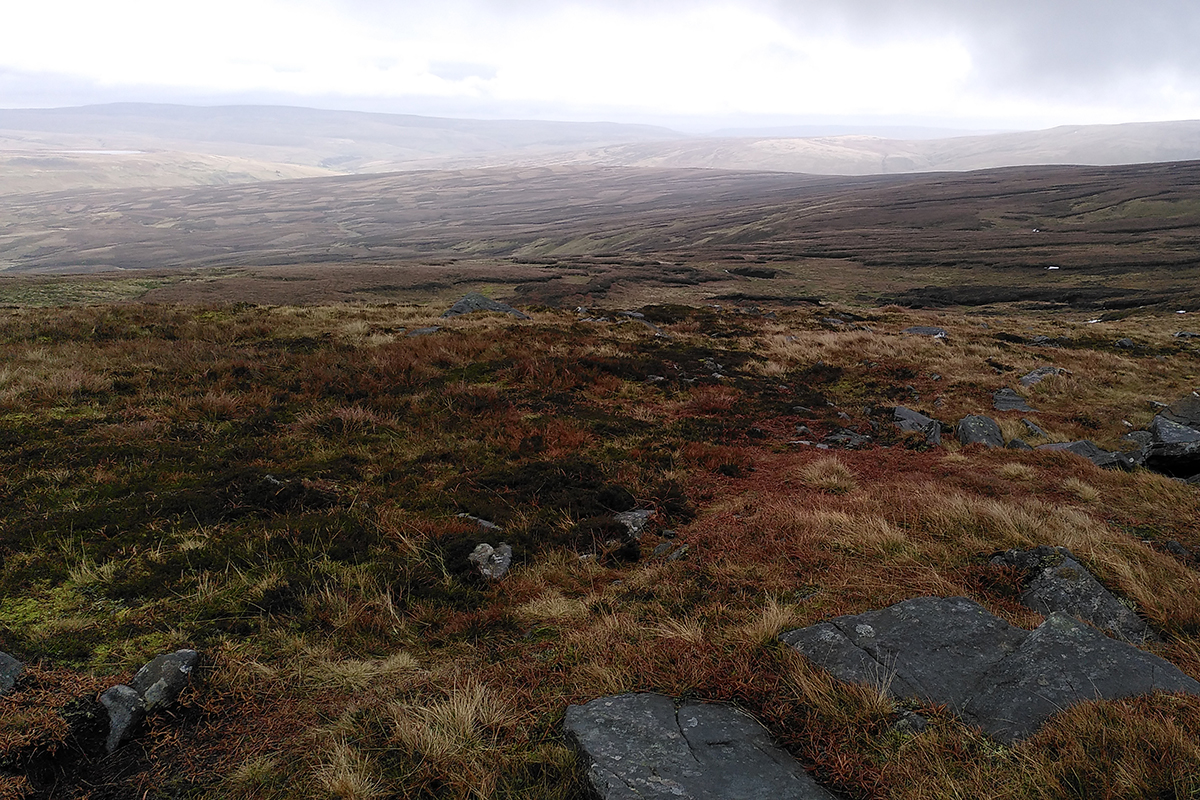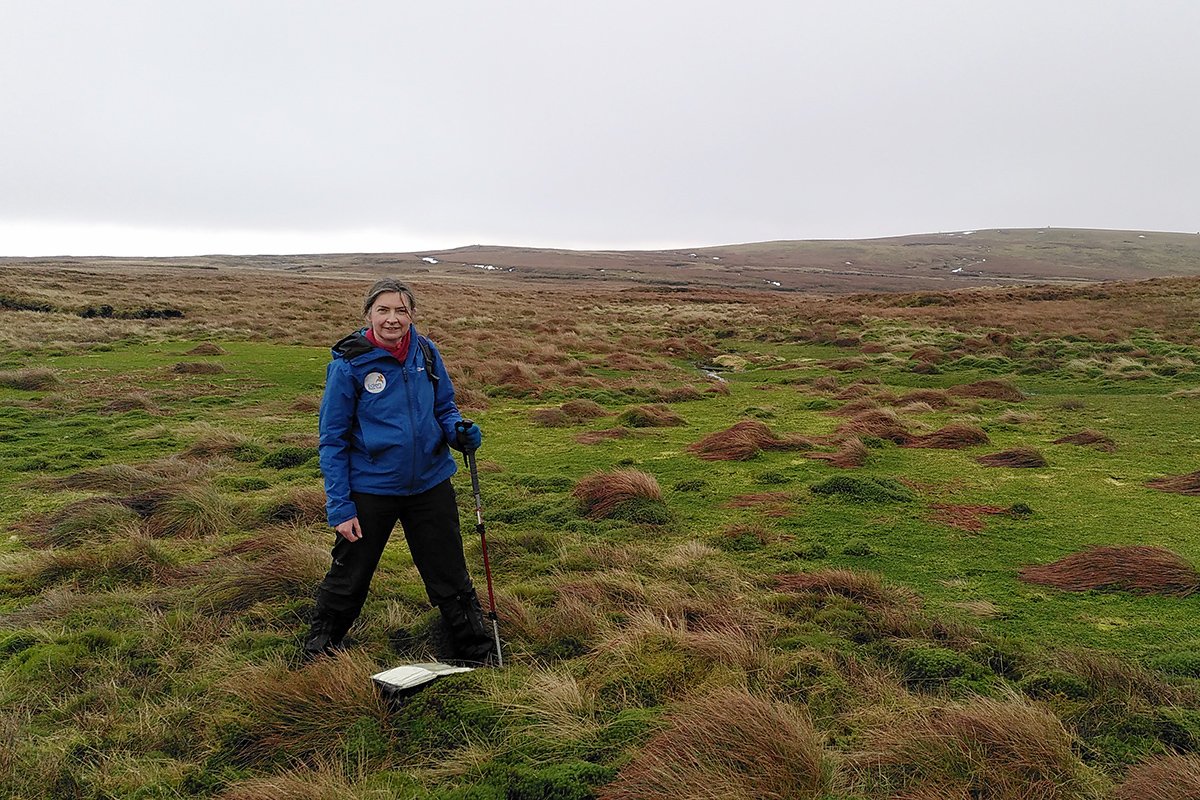Right tree, right place
Michael, our Head of Conservation explains why it is so important to plant the right tree in the right place

A view from the riverbank by Elizabeth Radford CEO
In January I walked to the source of the Eden. The final leg of my pilgrimage from sea-to-source, this was my first time to the actual source of the Eden, so I was looking forward to seeing what I might find on the slopes above Mallerstang.
It wasn’t all good news.
My friend and I made our way up the westerly side of Red Gill northeast from Hellgill Force, our target being the rivulets of water that ooze out of the side of the mountain at ‘Eden Springs’ and combine to form Eden’s headwaters. The water in the beck was running clear; super-filtered through moor grass, sphagnum moss and peat.
However by the time we reached 580m, I was struck by the significant amount of peat erosion, a black ‘river bank’ of peat lined one side of the beck, in places twice my height. The heavily flattened grass at the water’s edge was evidence of recent water torrents overtopping the channel and running down the hillside. As we neared the source, I was shocked by numerous bare peat hags – one, some distance away, was large enough to mistake for a small barn, suggesting that metres deep of peat have just, well … gone.

Peat hags and grass – you can see the scale of erosion that is occurring here.
At the springs, I couldn’t fail but be impressed by the extensive bright green mats of feathery bog moss that threatened to engulf us in their soggy depths, but the surrounding landscape was desolate. I was reminded of Dick Capel’s description of Eden’s source: “the morose moor was unrelentingly silent.”* Indeed it was: moor grass, heather, two crows and five red grouse. OK, it was January, but this wasn’t the uplifting experience I’d been hoping for.
*The Stream Invites us to Follow: Exploring the Eden from source to sea by Dick Capel.

Sphagnum moss at the source of the Eden
I stood on Eden’s watershed and looked east towards Swaledale and the moors above Muker and Gunnerside. Alternate dark and light brown stripes covered the slopes below me and all those on the horizon – the result of years of repeated burning of patches by grouse moor owners to encourage young heather and farmers to encourage new grass. The consequence of this burning is long term changes in upland vegetation, like those I was witnessing all around me. Burning dries out the peat, which crumbles and erodes as the water disappears, lost too are the saturated layers of sphagnum moss from which peat is made, and the associated mosaic of moorland habitats with their specialist plant and animal life.

Eden’s headwaters
I love the uplands of Britain. I love the wildness, the weather(!), the vast views and the colourful mosaics of plants, lichens and mosses I can find at my feet on the best ones, but I hate what many have become. Our dried out, damaged uplands are crumbling, and the consequences of that are so much more important than how this landscape makes any one individual feel.
Our upland peat is a massive carbon store that has built up over millennia, when it disappears so does a crucial carbon sink and a wealth of biodiversity, both essential for the fight against the havoc brought by climate change. Undamaged peat holds and filters huge amounts of water, but when its surface ‘skin’ is broken we see increased flooding downstream, increased sediment that negatively affects river wildlife, water quality and the proper functioning of critical infrastructure.
What happens in Eden’s uplands has direct consequences for the health of Eden’s rivers, and what happens in Britain’s uplands has direct consequences for the health of the planet. We have lost the balance in the system, and we urgently need to put it back. I know many are working hard to restore this balance; some landowners no longer burn the moor and others are undertaking significant restoration often with conservation partners. It’s clear restoration needs to happen on a very much larger scale and I have to hope it’s not too late.